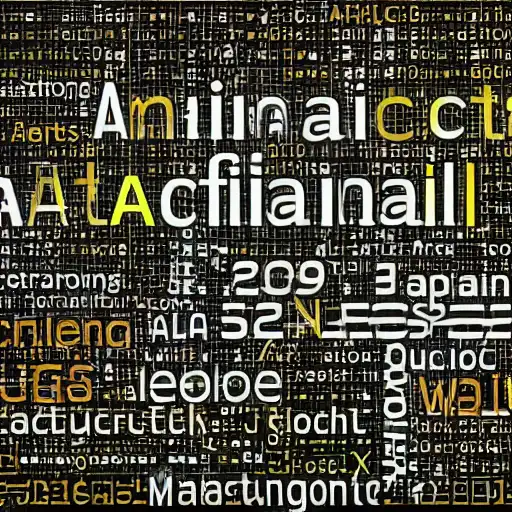
August 7th, 2023
Welcome back to our Advanced Machine Learning series! In this blog post, we'll delve into the exciting world of Transfer Learning, a technique that has transformed the landscape of AI by enabling faster model development and improved performance.
What is Transfer Learning?
Transfer Learning is a machine learning technique where knowledge gained from training a model on one task is transferred and applied to a related but different task. Instead of training a model from scratch, we start with a pre-trained model, often developed on large-scale datasets like ImageNet for image-related tasks, and fine-tune it on the new task with a smaller dataset. By doing so, we can leverage the pre-trained model's feature extraction capabilities and general knowledge, effectively speeding up the learning process and enhancing the model's performance.
The Three Transfer Learning Scenarios
There are three common scenarios in Transfer Learning:
- Feature Extraction: In this scenario, we use the pre-trained model as a fixed feature extractor. We remove the final classification layer of the pre-trained model and add a new layer specific to the new task. During training, we only update the parameters of the new layer while keeping the pre-trained model's parameters frozen.
- Fine-Tuning: Fine-tuning is a more aggressive approach where we adapt the pre-trained model to the new task by updating some of its earlier layers in addition to the new task-specific layers. By allowing the early layers to adjust, the model can learn more task-specific features while still retaining some of the pre-trained knowledge.
- One-Shot Learning: In cases where we have very limited data for the new task, One-Shot Learning can be employed. Instead of fine-tuning the entire model, we keep the pre-trained model fixed and learn a mapping from the pre-trained model's output to the new task's output.
Benefits of Transfer Learning
Transfer Learning offers several advantages, including:
- Faster Model Development: Transfer Learning reduces the time and computational resources required for training models, as we can start with pre-trained models that have already learned generic features.
- Improved Performance: By leveraging pre-trained models, models tend to perform better on the new task, especially when the new dataset is limited, as the model already possesses knowledge from a large, diverse dataset.
- Handling Real-World Data: Pre-trained models are often trained on vast amounts of real-world data, making them more robust and adaptable to real-world scenarios.
Implementing Transfer Learning with Julia and Flux.jl
Let's explore how to use Transfer Learning with Julia and Flux.jl to fine-tune a pre-trained image classification model on a new dataset.
# Load required packages using Flux using Flux.Data.ImageNet2012 using Metalhead using Flux: onecold # Load pre-trained model (e.g., ResNet) pretrained_model = ResNet() imagenet_model = pretrained_model |> x -> Metalhead.imagenetordered(x) |> first # Load new dataset new_dataset = load(new_dataset_path) # Remove the final classification layer from the pre-trained model new_model = imagenet_model[1:end-1] # Define new task-specific layer(s) for fine-tuning new_task_layer = Dense(2048, num_classes) # Combine the pre-trained model and new layer(s) combined_model = Chain(new_model, new_task_layer) # Define loss function and optimizer for fine-tuning loss(x, y) = Flux.crossentropy(combined_model(x), y) optimizer = ADAM(0.001) # Fine-tune the model on the new dataset Flux.train!(loss, params(combined_model), new_dataset, optimizer)
Conclusion
Transfer Learning has emerged as a key technique in accelerating AI development and improving model performance, enabling us to leverage pre-trained knowledge for new tasks. In this blog post, we've explored the three Transfer Learning scenarios and implemented fine-tuning with Julia and Flux.jl.
In the next blog post, we'll venture into the realm of Bayesian Machine Learning, where uncertainty estimation and probabilistic modeling play a crucial role in tackling real-world challenges. Stay tuned for more exciting content on our Advanced Machine Learning journey!